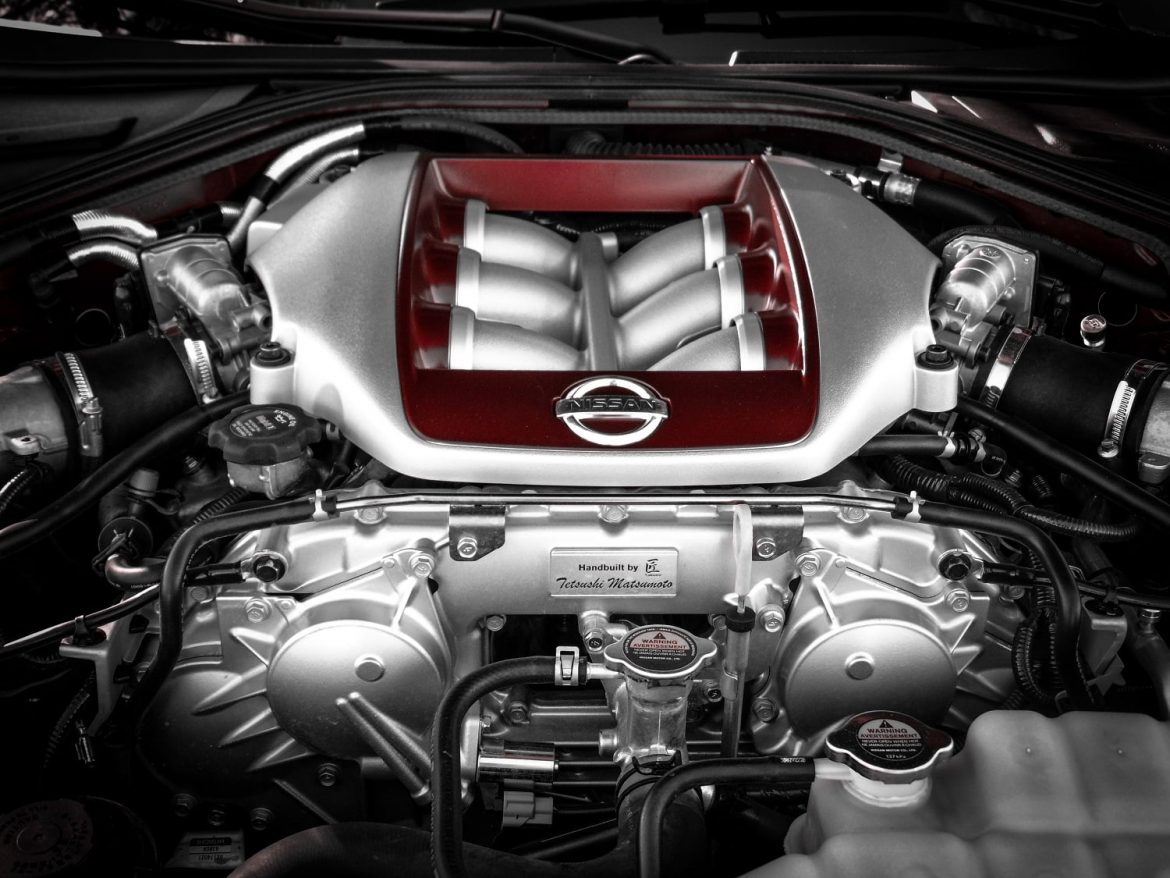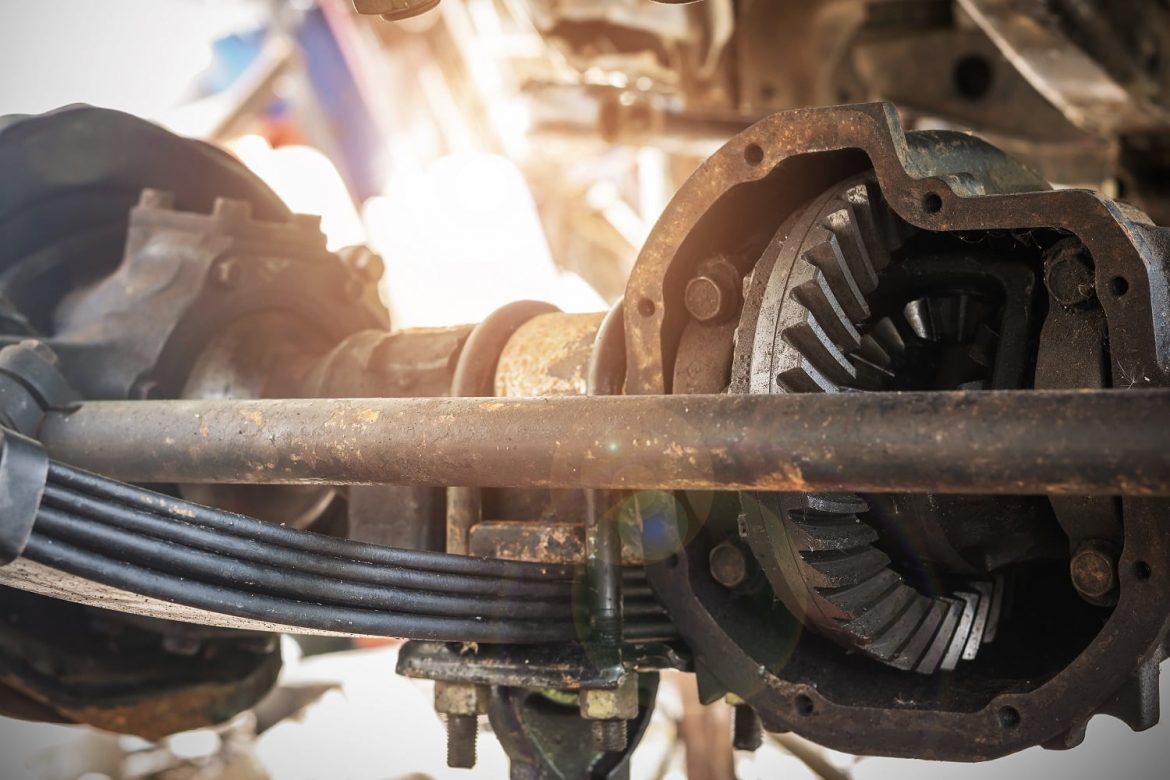Replacing a brake caliper is a job that isn’t much harder than replacing your brake pads. Usually, there is just 1 more banjo bolt and a quick bleed of the system! Before we get into the how-to, let’s talk about a few reasons you might want to replace your brake caliper.
Why would you be replacing a brake caliper?
- Sized Caliper
- Damaged dust boot
- leaking piston
- frozen Slide
The most common reason you would need to replace your brake caliper is because it is seized. Your brake caliper has between 1 and 4 pistons in it that use hydraulic pressure to push against the brake pad or pads and if that piston gets stuck or seized, that caliper will be useless and need to be replaced.
A damaged dust boot will soon lead to a leaking piston. As you can see if the video above, the dust boots got damaged due to heat. The boots can fail due to heat, old age, exposure to ice melting chemicals on the road or damage while installing new brake pads. If that boot fails the piston seal will be exposed to all sort of stuff that can damage it and cause a leak. If you’ve got a leaky piston, you’ll soon be replacing a brake caliper.
If your brake caliper has integral slides you may need to replace the whole caliper if the slides freeze up. Frozen caliper slides will lead to only 1 brake pad doing any work. This will cause very quick wear on the inside pad as well as excess heat, poor braking performance and probably a warped brake rotor.
How to bleed your brakes after replacing a brake caliper
You can watch the video above for the full procedure for replacing a brake caliper, but the most complicated part will be bleeding the system after you’ve installed the new caliper. Bleeding your brakes means removing the air from the hydraulic lines. This is important because air is compressible so if you’ve got it in your line and press the brakes, the air bubble will compress instead of your brake caliper piston moving which leads to weak braking which is dangerous. Every caliper has a bleeder valve where you can allow fluid out of the system which will hopefully bring those air bubbles with it. You can use a friend pressing the brake pedal or a vacuum pump to move fluid through your system. You can use a hand vacuum pump or an electric one link this Air Zapper.
The last helpful hint we have on replacing your brake caliper is to replace your brake pads at the same time. New brake pads are inexpensive and you’ve already got the old ones out to install the new brake caliper so it’s a very convenient time to do it. While brake calipers don’t necessarily need to be replaced in pairs, brake pads should always be replaced on both the left and right wheels at the same time to keep braking power balanced between the two wheels. Anytime you’re installing new brake pads or calipers make sure to lube the slides and the brake pad contact points before installation.
Picture Provided By:
brake_caliper.jpg – By Oleksandr Sokurenko – Licensed by Getty Images – Original Link
BlueDevil Products can be found on Amazon.com or at AutoZone, Advance Auto Parts, O’Reilly Auto Parts, NAPA, and other major auto parts retailers.
2 responses to "Replacing a Brake Caliper"
2 Comments
Leave a Reply
Related Articles




how do i move the pistons back into their housing to replace new pads
Aiian,
Thanks for your question about your brakes. You can use a brake piston tool available at any local auto parts stores, a large c-clamp or even a good pair of large channel locks or pliers.
Thanks again for your question!
-BD Auto Pro